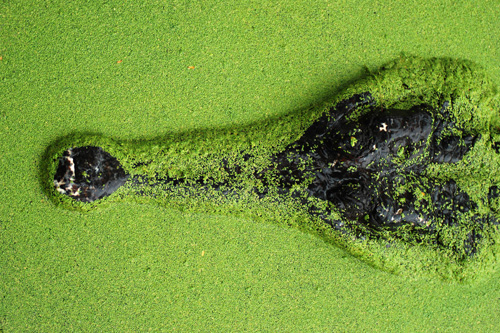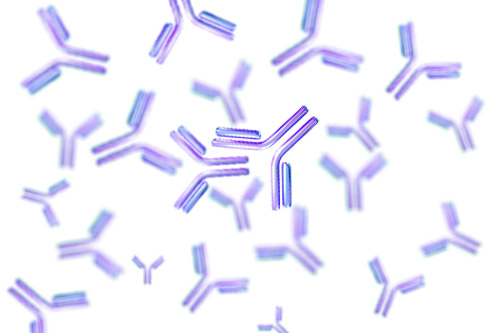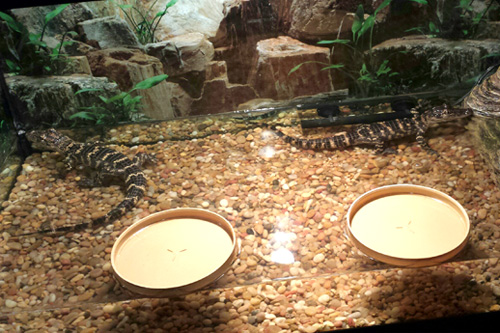According to a 2013 report by the Centers for Disease Control and Prevention, "At least two million people become infected with bacteria that are resistant to antibiotics and at least 23,000 people die each year as the result of those infections. Many more people die from other conditions that were complicated by an anti-biotic infection."
Add to these figures the staggering morbidity/mortality rates caused by "super-viruses" like HIV and the term "Health Crises" seems reasonable.
Crocodilians, sharks and monitor lizards represent some of the oldest species on earth. Their success is the result of basic designs that have changed little over the millennia. Blood chemistry has enabled these creatures to thrive in harsh, bacteria-rich environments, recovering quickly from injury. Within the last dozen years, scientists have begun to examine the amazing antibiotic/antiviral/antifungal potential of some of these animals and how it may be applied to our own disease states.


Chemists at Louisiana State University found that blood from the American alligator can successfully destroy 23 strains of bacteria, including strains known to be resistant to antibiotics. In addition, the blood was able to deplete and destroy a significant amount of HIV virus. It's believed that peptides – fragments of proteins within the blood – help the animals stave-off infection. Once the peptides are separated, the chemical structure can be obtained to create new drugs.
Currently most domestic crocodilian blood comes from the large alligator farms of the south. Although these facilities can harvest far larger amounts because of the number of animals they house, there is little consideration given to the animals themselves as they are ultimately slated to surrender their hides. These are often dirty places with the alligators kept in the dark and bled through cranial artery draws at the base of their skulls.
CC animals are kept in a clean, "animal-friendly" environment open to public viewing while specimens are typically bled through their appendages.

One of our alligator nurseries

Whether it be to supply research facilities with biologic material from these exotic species or to provide access to the actual animal, Cretaceous Cures stands ready to support the research that experts believe will one day bring about a completely new class of drug specifically designed to combat some of the greatest health threats to mankind.
For a number of years, the antimicrobial effect of proteins found within the plasma of certain apex predators has been the subject of research. The hypothesis being that there is something special about the physiology of some animals that allow them to thrive and heal in the harshest of environments. During that time, tantalizing results have been demonstrated against several bacterial/viral forms, yet we appear no closer to uncovering the true mechanism of action let alone determining the animal possessing the material of greatest effect. Part of the problem is the simple fact that each researcher tends to specialize in their local species. Research across the broad spectrum is sorely lacking.
The goal of this project is to streamline screening by focusing on a specific group of proteins that should allow us to quickly assess a species effectiveness against a basic panel of pathogens (Pseudomonas aeruginosa and Staphylococcus aureu) then expand the search for as yet undiscovered candidates with similar characteristics while increasing the complexity of the target pathogen.
“Seek and destroy” therapies will, no doubt, remain the mainstay of research for the foreseeable future and CC will certainly support them, however it is our contention that the true broad-spectrum solution will be found in the subtle disruption of communication between cells.
Quorum Sensing (QS) is the cell communication system that allows bacterial pathogens to coordinate the expression of several collective traits, including the production of multiple virulence factors, biofilm formation and swarming motility once a population threshold is reached.
Our initial hypothesis, based on CC’s own observation as well as the anecdotal experience of various aboriginal peoples, indicate that apex predators like Crocodilia (alligators in this instance) and Varanids (monitor lizards) are protected from infection by at least two Quorum Quenching (QQ) pathways. The QS work of Deakin, Ducret, Bioletto, Perron and James in Pseudomonas aeruginosa supports the viability of this hypothesis.